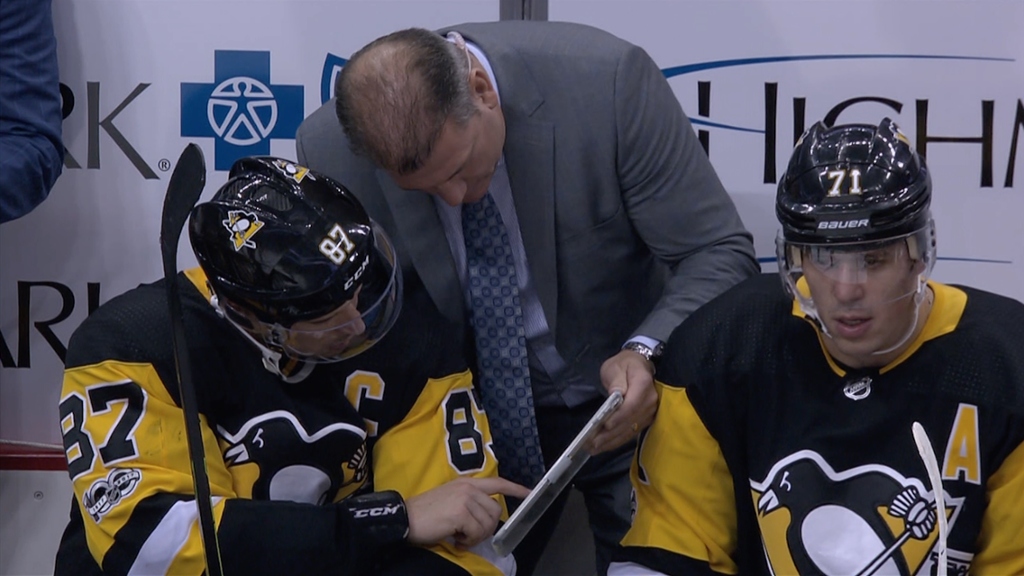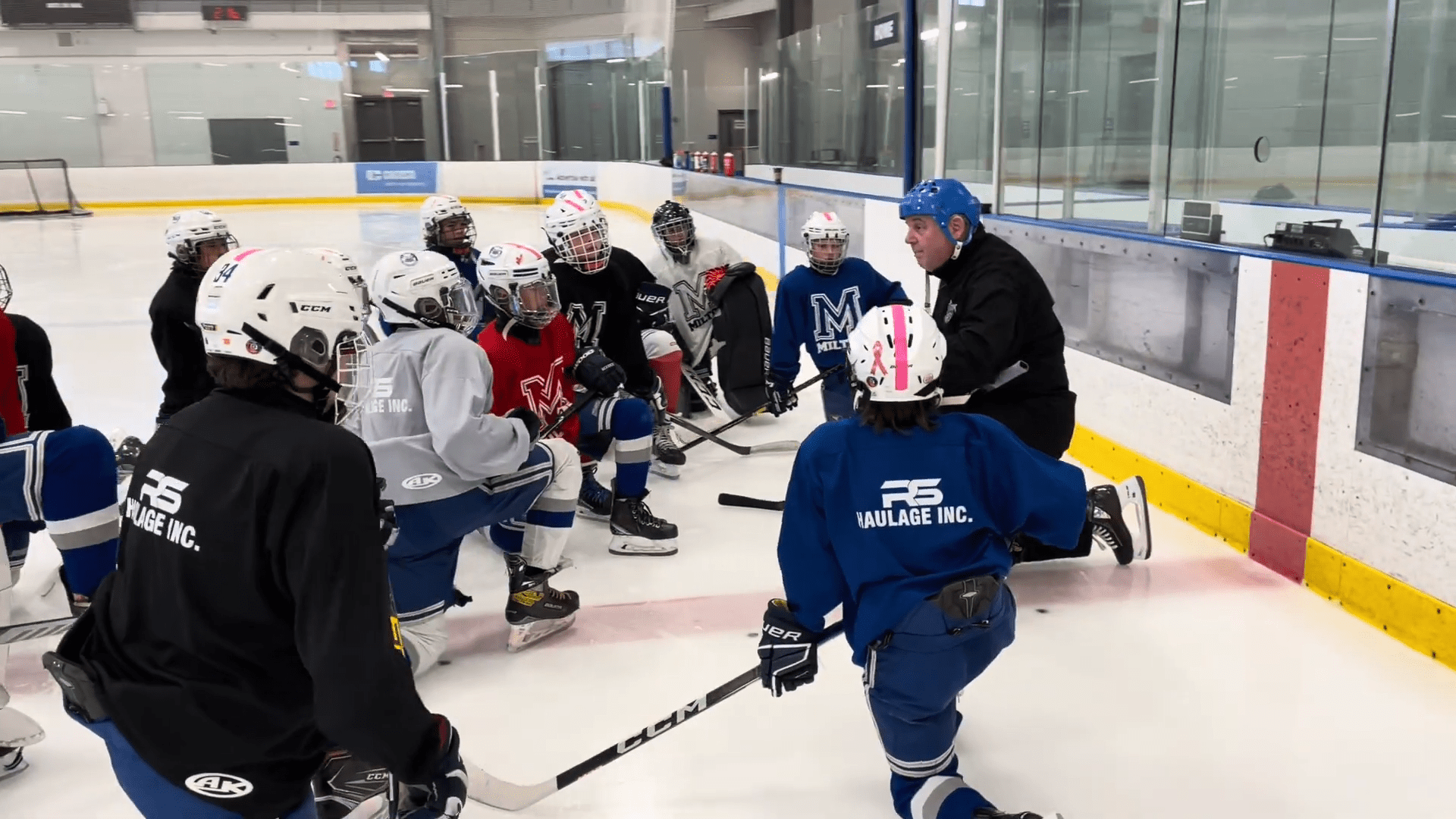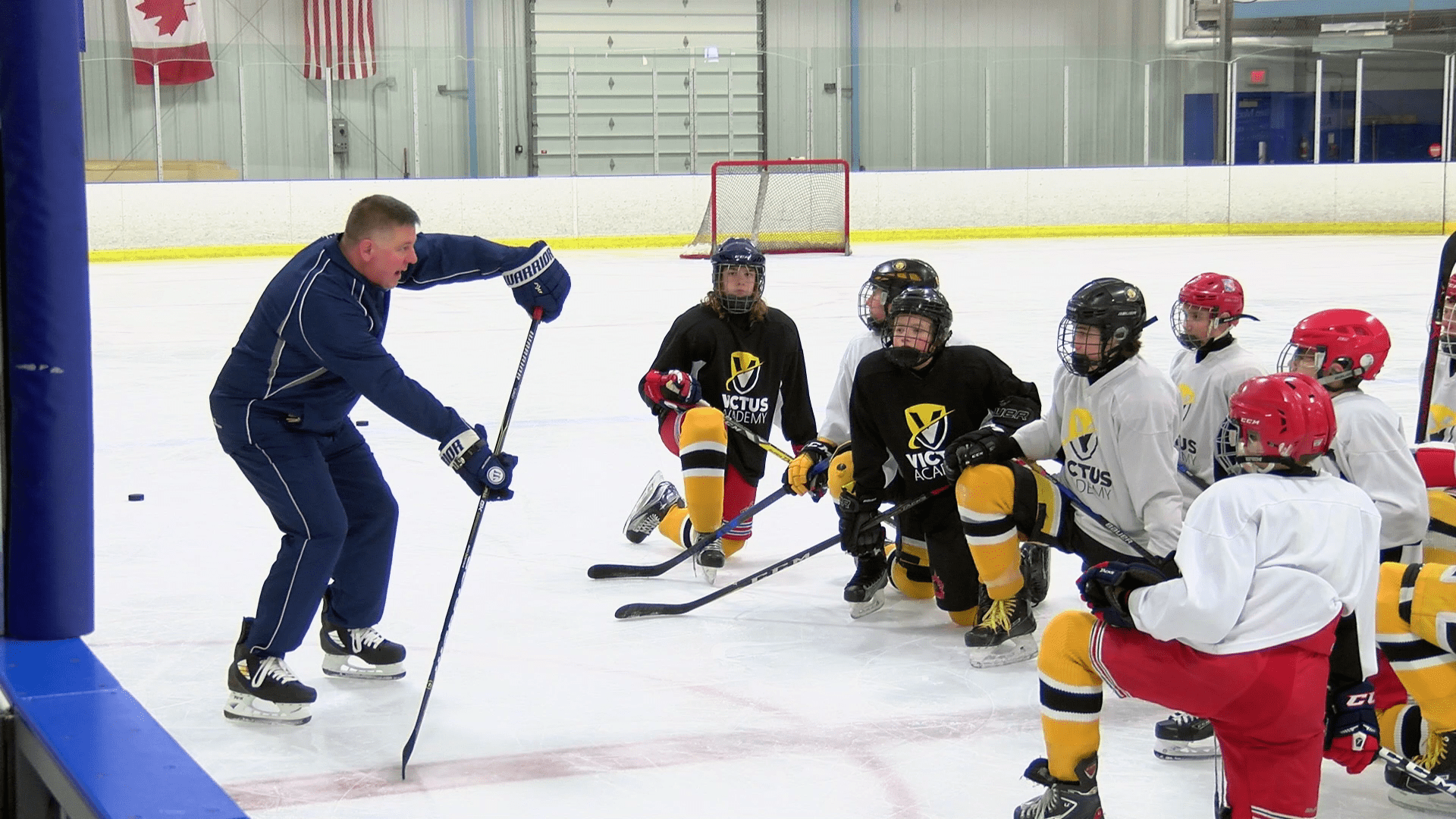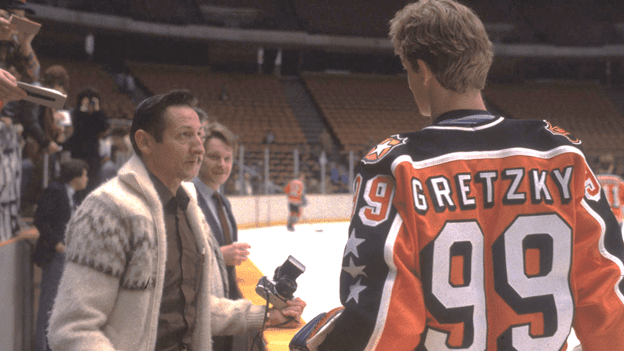Like with so many other sports, coaches and players in today’s NHL have a lot more technology at their fingertips before, during, and after the games. It is not uncommon to see coaches re-playing video footage from earlier in the game to players between shifts on a tablet device like an iPad. It is incredible how rapidly technology has both entered and altered the game, as coaches rely on things like the ability to have replays at the touch of a button, or front offices who draft prospects or sign free agents based on data analytics. The recent addition of things like a coach’s challenge, similar to those used by coaches in the NFL, has brought instant replay into games as the final word and not the referee’s. As the outside world continues to progress through a rapid digital transformation, the traditionally old school hockey world is playing catch up in a hurry. Let’s take a look at a few ways that technology is altering the game of hockey.
Data Analytics
A popular phrase that is taking the sports world by storm, the concept of data analytics has led to franchises in all four major sports (NHL, NBA, NFL, and MLB) hiring data analytics specialists and even devoting a whole team to it in their front office. But what are data analytics and how do they affect the game of hockey? It is really a different way of analyzing the game using things like data points and statistics, rather than old school methodologies like the eye test. In the NBA, data analytics told the Golden State Warriors that having a rotation of five players who can shoot three-pointers, rather than using a traditional center, could give them an advantage late in games. In hockey, coaches will use big data for things like who should take a faceoff at a given time in the game or how much ice time should be distributed to players throughout the game. Early adopters of analytics also focused on sleep patterns for players and how travelling earlier or later could affect how players perform.
Technology on the bench
We used to see coaches drawing up plays on a clipboard but recently, coaches have been clutching an iPad while showing players in real-time a missed assignment or an untimely pinch. In the past we wrote about video coaches and their role in queuing up footage for coaches to use on the bench or during intermissions in the dressing rooms. Just as MLB managers have them in the dugouts and NFL coaches play footage for players on the bench, NHL coaches have fully embraced the iPad as a part of their routine now.
Video Review and Coach’s Challenges
As other leagues try to figure out ways to take the human judgement out of their game, the NHL has added the ability for coaches to challenge a referee’s call on the ice. It is surprising how many goals have been preceded by a missed offside call but with everyone involved having near instant access to footage and video replay, the referees themselves are at the biggest disadvantage. With the MLB inching closer to robot umpires, and the NFL continuously under scrutiny for the lack of consistency in their officiating, the NHL isn’t too far behind at this point. But has it gone too far? Have we now taken the rulings and decisions out of the referee’s hands? Sure, the call on the ice is still an important factor in what the final determination is, but the league is also allowing a way for its officiating crew to be flat out wrong on a national stage. It is controversial for sure, but as we continue to demand accuracy even though instant replay is just another form of 20/20 hindsight, the officials may continue to see their roles and authority diminish.
Real Time Stats
This is similar to data analytics but the NHL is trying to use this as a fun way of getting fans more involved in the game on the ice. Player tracking is nothing new in sports, the NBA does it routinely to measure player fatigue and whether they are at a risk for injury. The NFL uses it to provide real time stats and yardage information for its database of stats, and the NHL is attempting to do something similar. Things like skating speed, shift length, and distance travelled on the ice will be available from player tracking. Puck tracking will be able to measure things like speed and accuracy of a shot. Realistically, sensors in the puck can also provide geographic location mapping, to see if a puck crossed the line or perhaps where the puck is if there is a dog pile of players inside the crease.
Social Media
Let’s end with a fun one! To be honest, hockey players have always been portrayed as guys with very little personality and charisma, especially during post game interviews. They lack the ego and showmanship that NFL and NBA players have, so fans have more or less felt that hockey players are unapproachable. But social media has definitely changed that as players can provide fans with a window into their lives and personalities off the ice. Ex players like Paul Bissonette, Ryan Whitney, and Roberto Luongo, have all established loyal followings on platforms like Twitter or Instagram, where they can truly let fans into their lives after hockey. While technology on the ice is changing the game at a rapid pace, technology off the ice is allowing fans and players to connect on a level that they never have before, and that is a pretty cool way in which technology is changing the game for the better.






